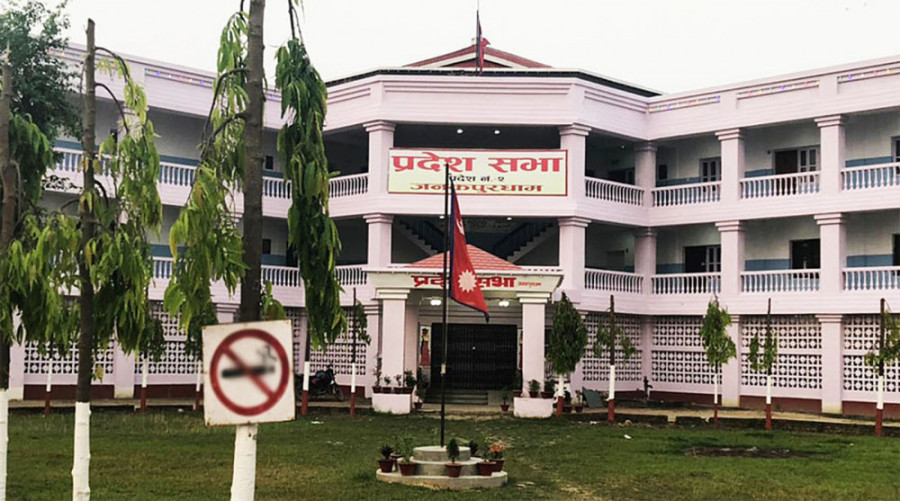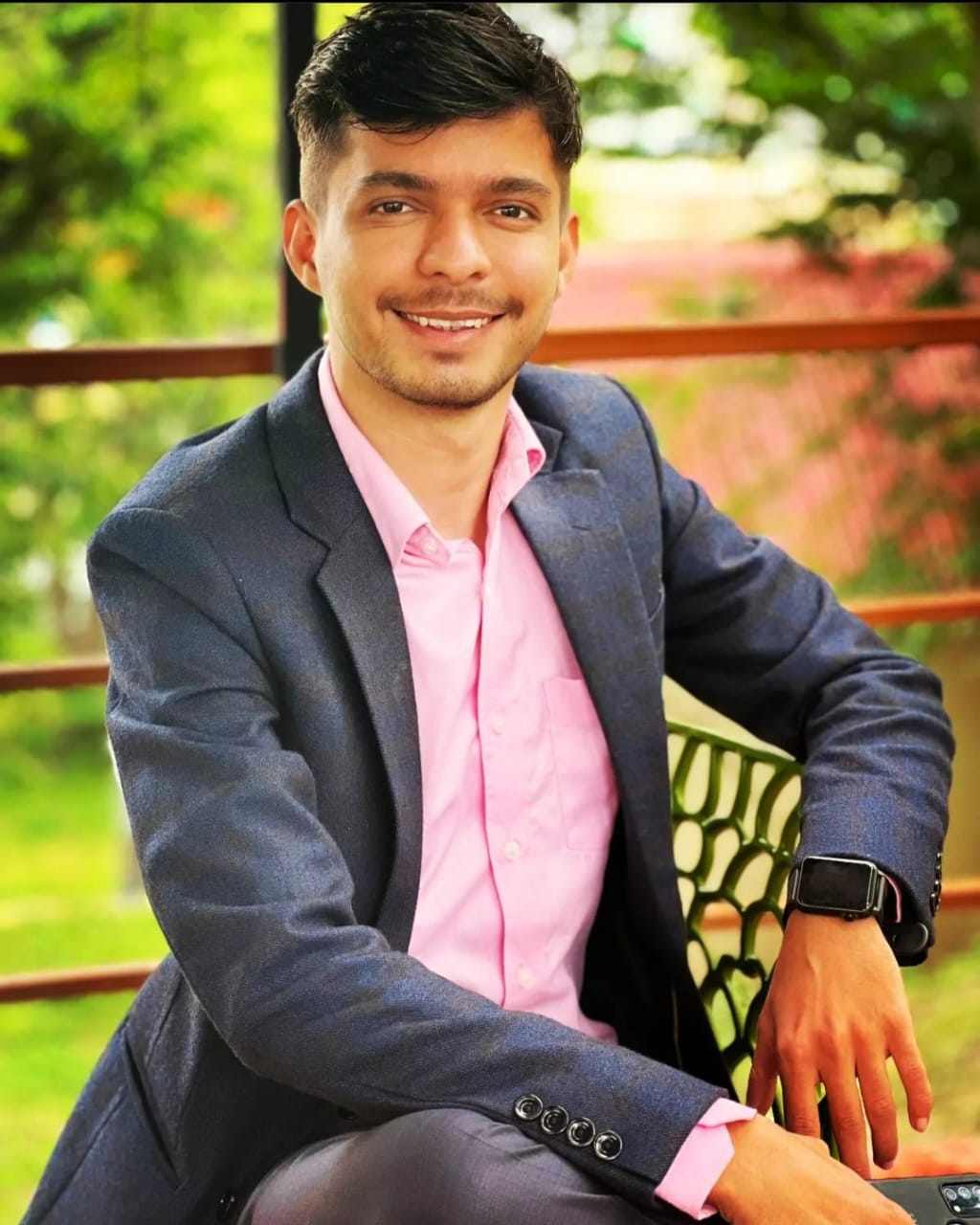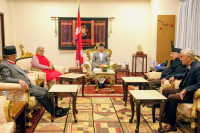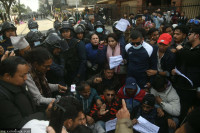Politics
UML’s win changes Madhesh calculus
The shape of federal government will have significant bearing on the coalition in Janakpur.
Nishan Khatiwada
The results of the first-past-the-post (FPTP) voting for the Madhesh provincial polls are out and the proportional representation (PR) vote counting is coming to an end.
Under the FPTP category, the CPN-UML has won 15 seats, the Nepali Congress 13 seats, the Janata Samajbadi Party Nepal nine seats, the Loktantrik Samajbadi Party seven seats, the Janamat Party six, the CPN (Maoist Centre) four, the CPN (Unified Socialist) four and independent candidates have won six seats.
Similarly, under the PR category, the Nepali Congress has garnered the highest number of votes. At the time of this writing, the Congress has 400,144 votes, while the UML is second with 351,768 votes. Similarly, the CK-Raut led Janamat Party is third with 329,177 votes, the Janata Samajbadi Party has 298,774 votes, and the Maoist Centre has won 180,860 votes. Likewise, the Unified Socialist has received 113,915 and the Loktantrik Samajbadi Party got 113,364 votes.
As such, the Congress is likely to get around nine PR seats, the UML eight, the Janamat Party seven, the Janata Samajbadi Party six, the Maoist Centre four, the Unified Socialist three and the Loktantrik Samajbadi Party may get two PR seats.
Going by the results so far, the Congress-led alliance will have around 46 seats, while the UML-JSP alliance will have 38. The Madhesh provincial assembly is 107-strong where 64 are elected under the FPTP system and 43 under the PR system.
The newcomer Janamat Party is also set to stake its claim to form the government—it is preparing to claim four ministries, including that of the chief minister.
Nepali Congress leader from Madhesh, Bimalendra Nidhi, has been trying to lure the Janamat Party into the new federal and provincial governments. On Thursday, Raut agreed to join the next government under Congress leadership.
But will the Congress be ready to give what the Janamat Party is asking for?
Nitesh Kumar Gupta, chief of the publicity department of the Nepali Congress in the Madhesh province, said discussions with CK Raut are ongoing, but the Congress will stake claim to the chief minister’s post. “But we are trying to adjust the Janamat Party to some prominent positions,” he said.
Gupta said the door is also open for a possible cooperation with the JSP. “We will not cooperate with the UML in the province, but we will welcome others, including the JSP.”
Six independent aspirants won provincial polls in Madhesh. The arithmetic also hints at the possibility of a government under UML leadership. The UML and the JSP combined need around 14 more seats. If the UML lures a couple of independent candidates, it could form a government with the backing of the Janamat Party.
Rewati Pant, vice chair of the UML’s Madhesh province chapter said, as the largest party in the province, they are obviously taking the initiative on government formation. “The public has given us the mandate to form the government in partnership with other forces,” he said.
Some Congress leaders have projected themselves as the next chief minister. Likewise, though only in private, some UML and JSP leaders have also been doing so, say insiders.
Gupta said as the Congress will form the government in Madhesh, province chapter president Krishna Yadav will most probably be the next chief minister. “Though incumbent minister Ram Saroj Yadav and leader Birendra Prasad Singh have also projected themselves as the next chief minister, the party wants Krishna Yadav in the post,” he said.
Chandra Kishore, a Madhesh observer based in Birgunj, said the odds are high of a Congress-led alliance forming the next government as it has locked in more seats than the UML-JSP alliance. But, according to Kishore, the Janamat Party and independent lawmakers will be the kingmakers.
“The UML, on the other hand, will either try to break the existing Congress-led alliance or it will try to stoke the ambitions of the Janamat Party and independent lawmakers,” he said.
Regarding Janamat’s recent moves, Pant said the party is still bargaining. “Fringe parties are claiming important positions, with the power arithmetic turning them into kingmakers.”
“The Janamat Party is negotiating with both the sides,” said Kishore, the Madhesh observer.
In the 2017 provincial polls, the Sanghiya Samajbadi Forum had won 20 seats, while the Rastriya Janata Party had won 15 seats in the Madhesh province. Likewise, the UML had bagged 14 provincial seats and Congress secured eight seats.
Under the proportional representation category, the Nepali Congress got 11 seats, the Rastriya Janata Party 10 seats, the Sanghiya Samajbadi Forum 9 seats, and the UML 7 seats.
Observers say the UML’s ambitions have grown this time after winning more seats in the region.
Kishore said the UML is already working to lead the next government in the province. According to him, its ambitions have soared also because it fared badly in the previous elections. “It will leave no stone unturned to form the government there. Also, it has already had chief ministers in other provinces [except in Karnali and Sudurpaschim, where it fared poorly this time too]. So Madhesh province represents that unfulfilled wish.”
“However, government formation at the centre would have a significant bearing on the same process in the provinces,” added Kishore.




 18.12°C Kathmandu
18.12°C Kathmandu















